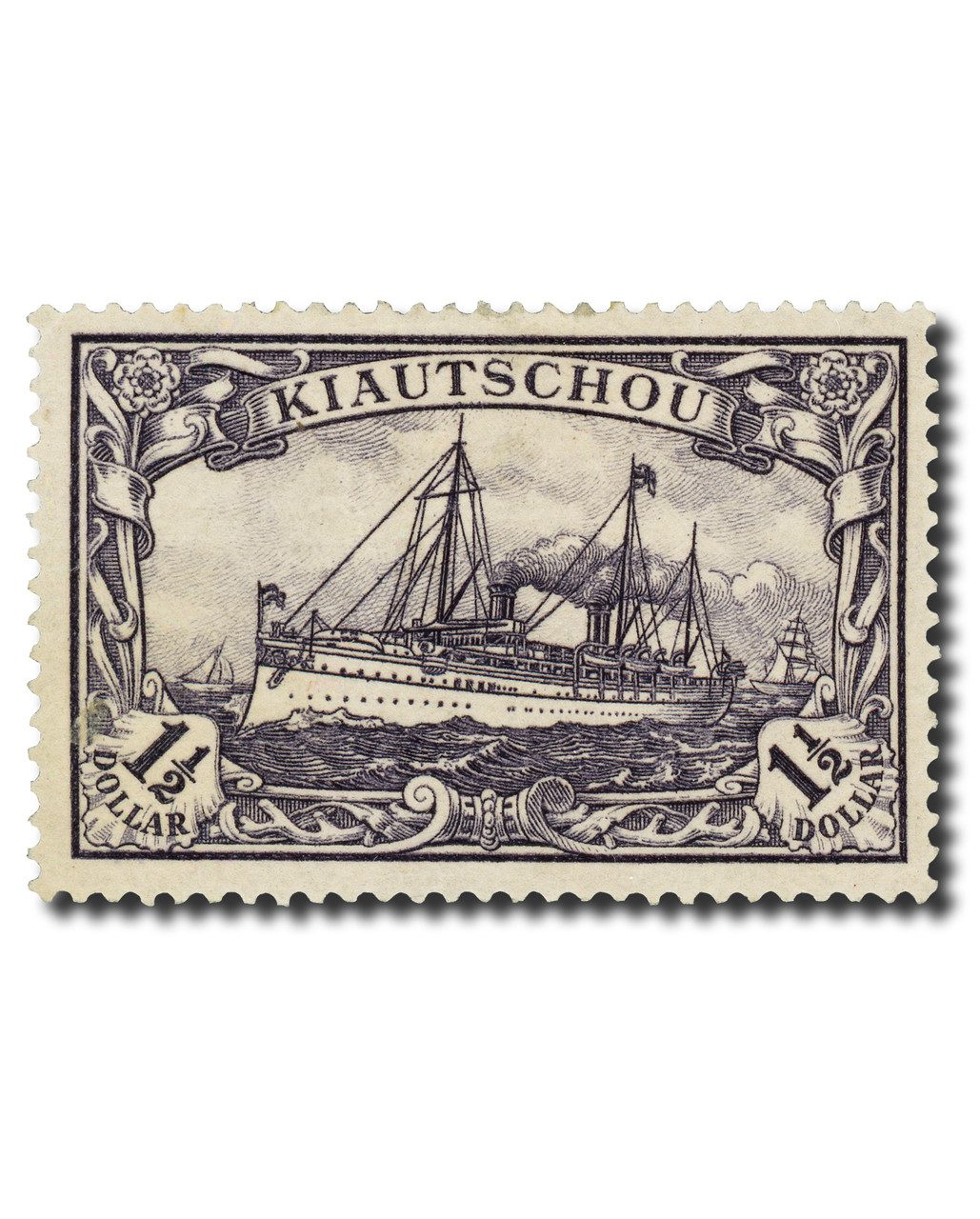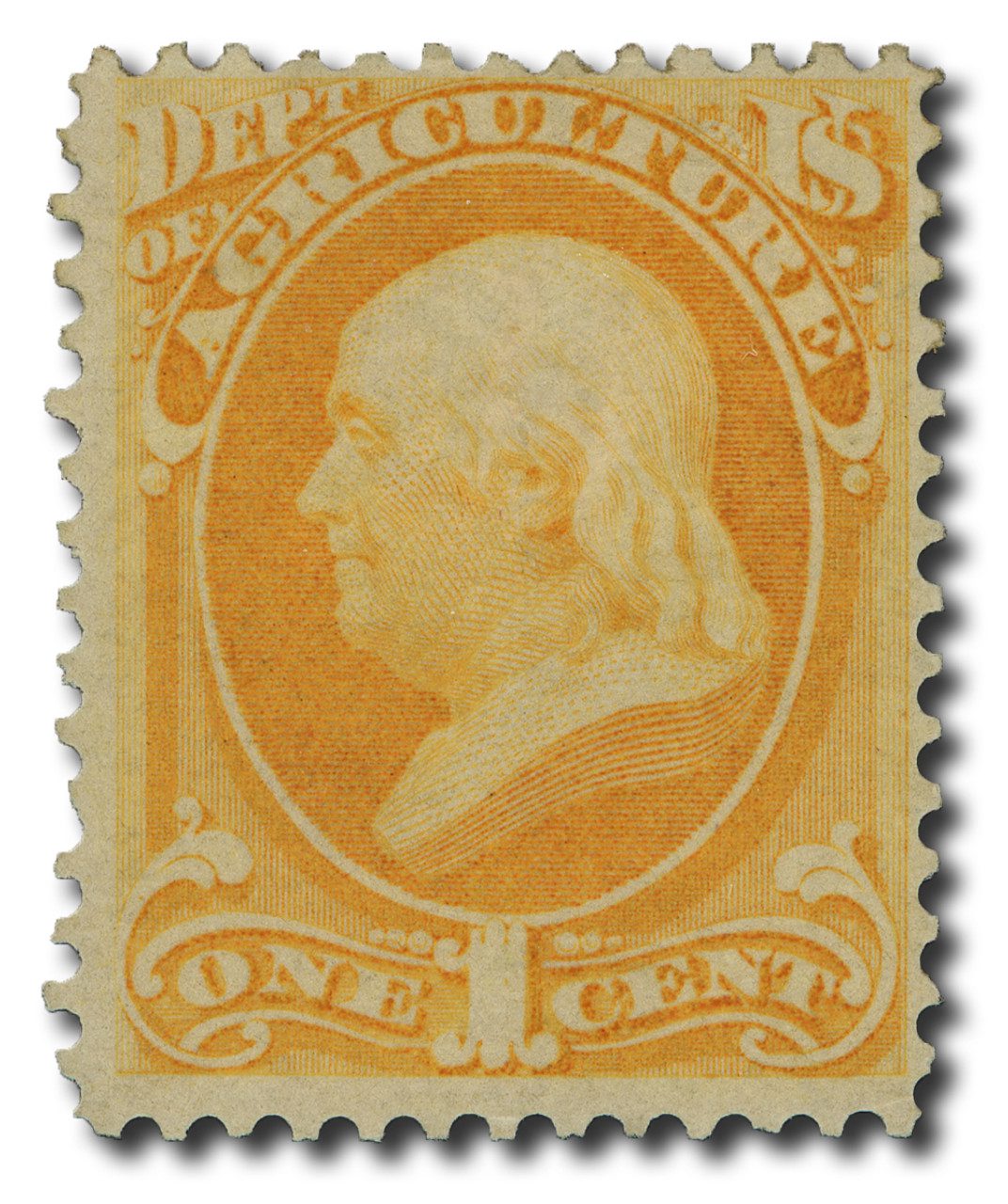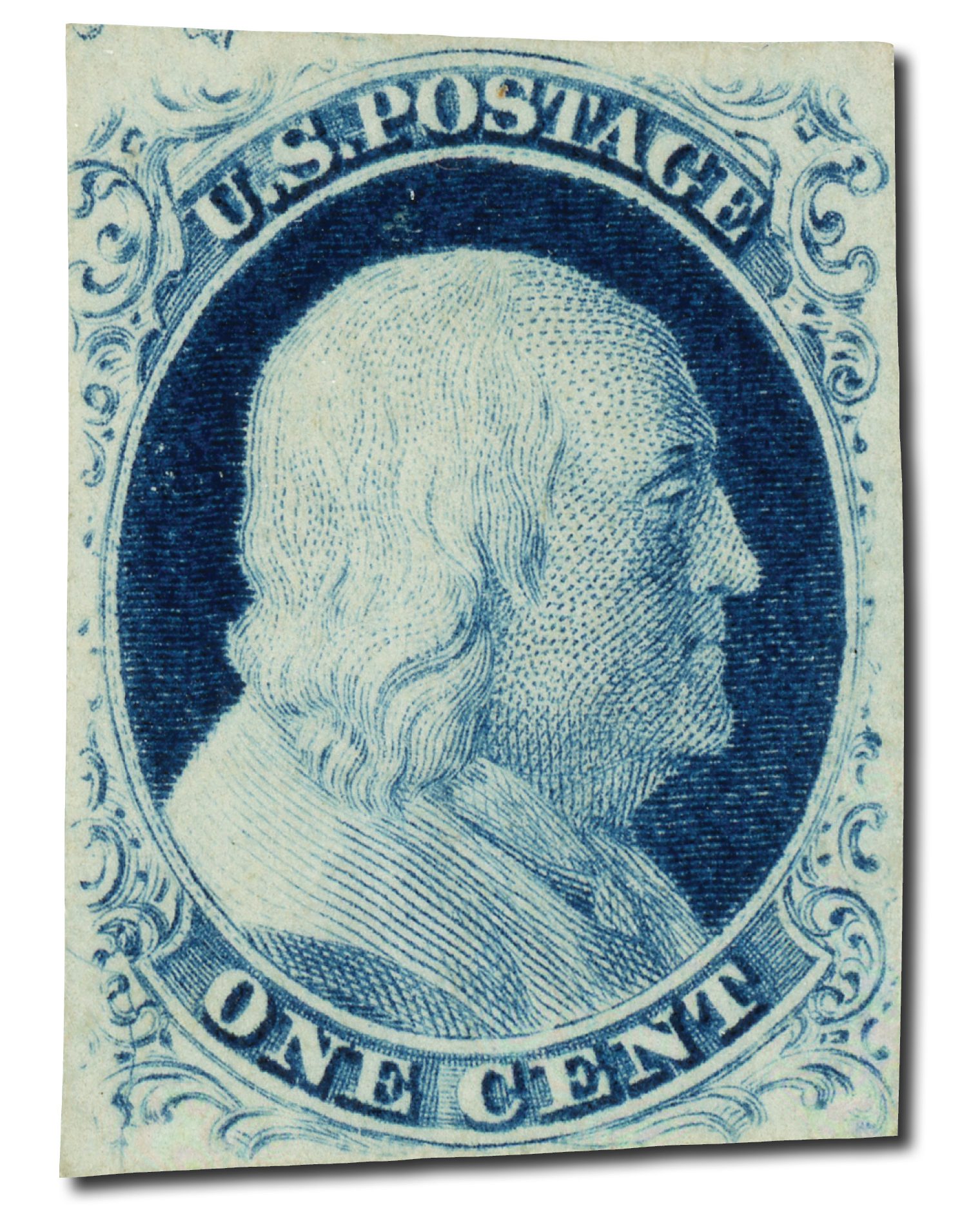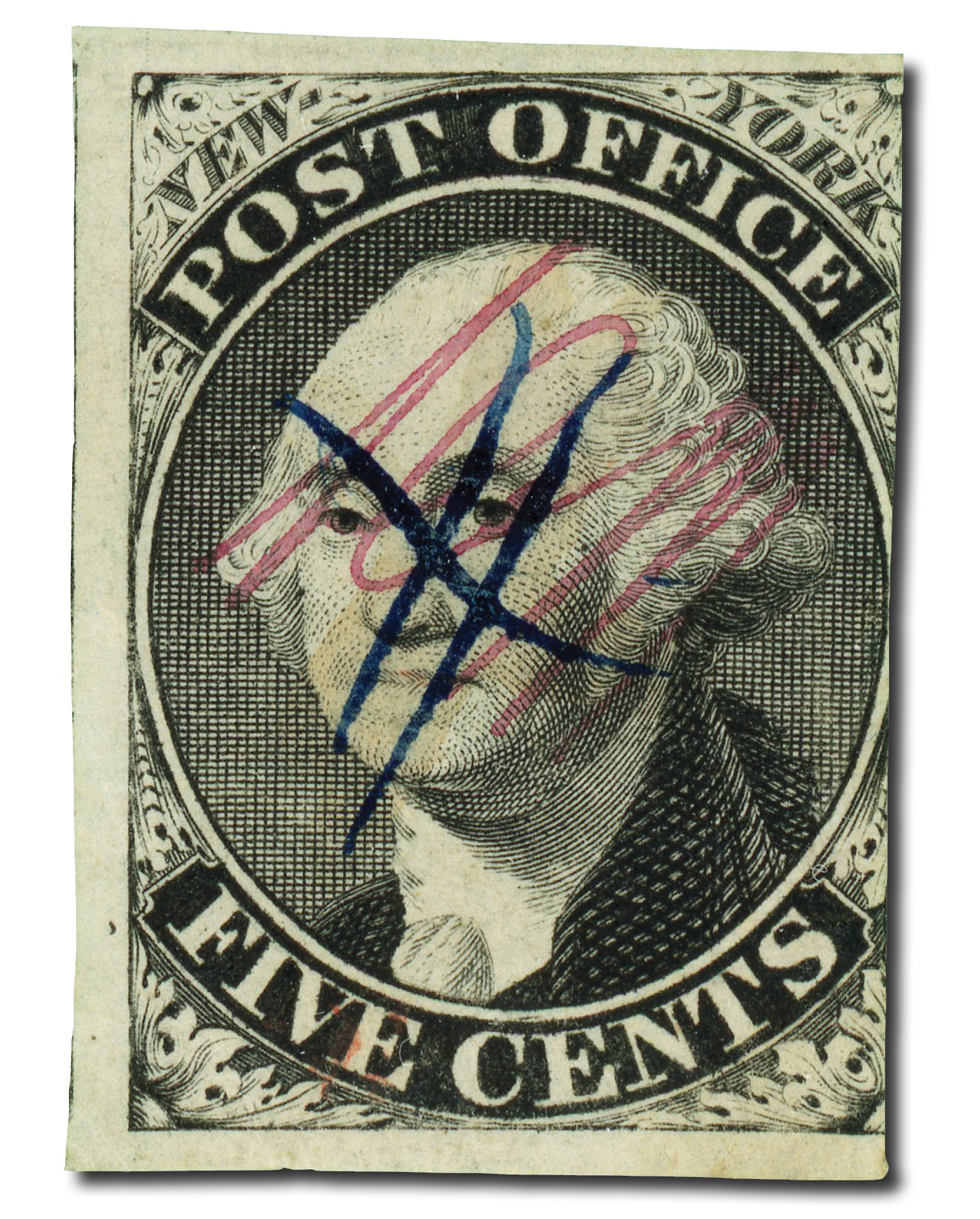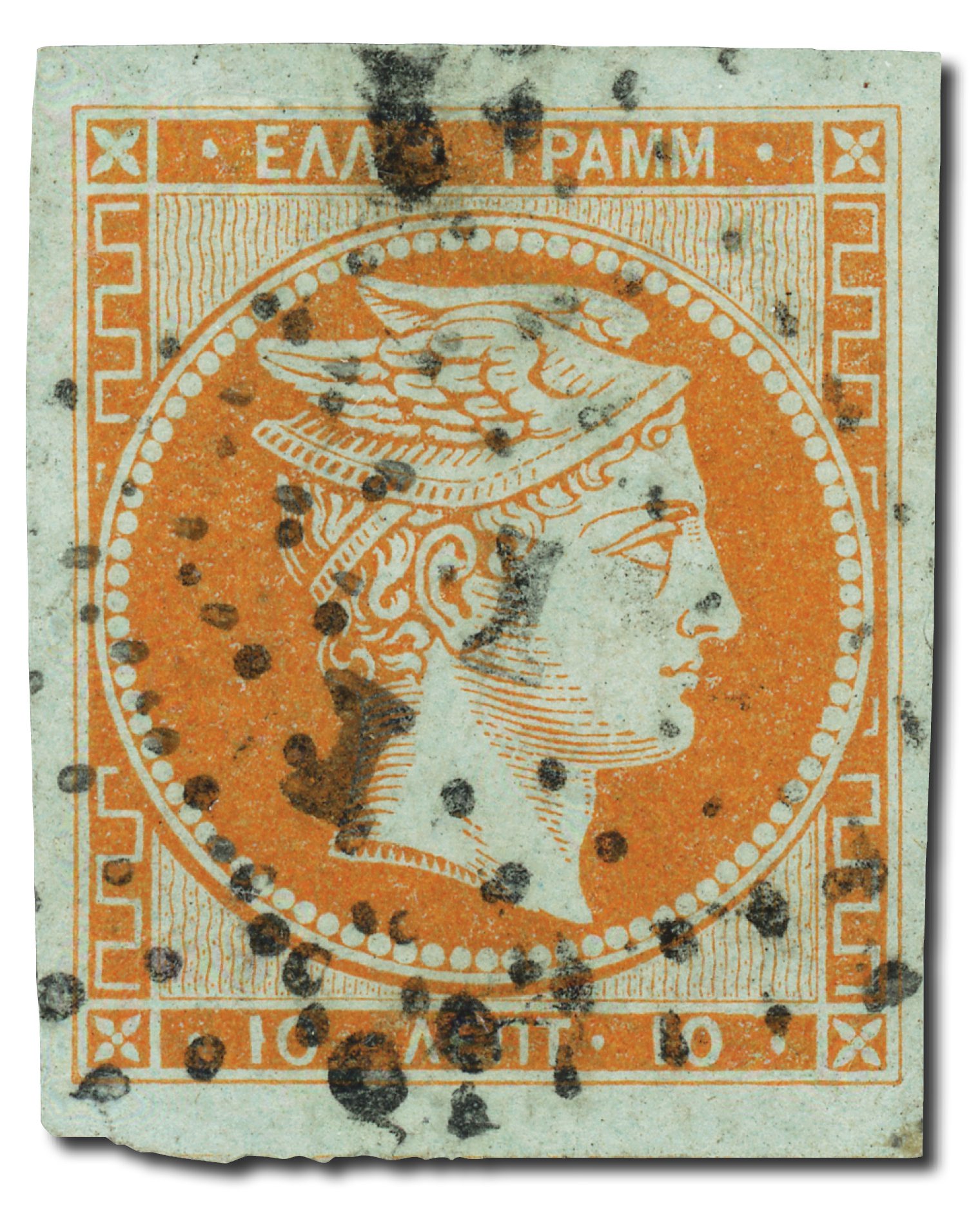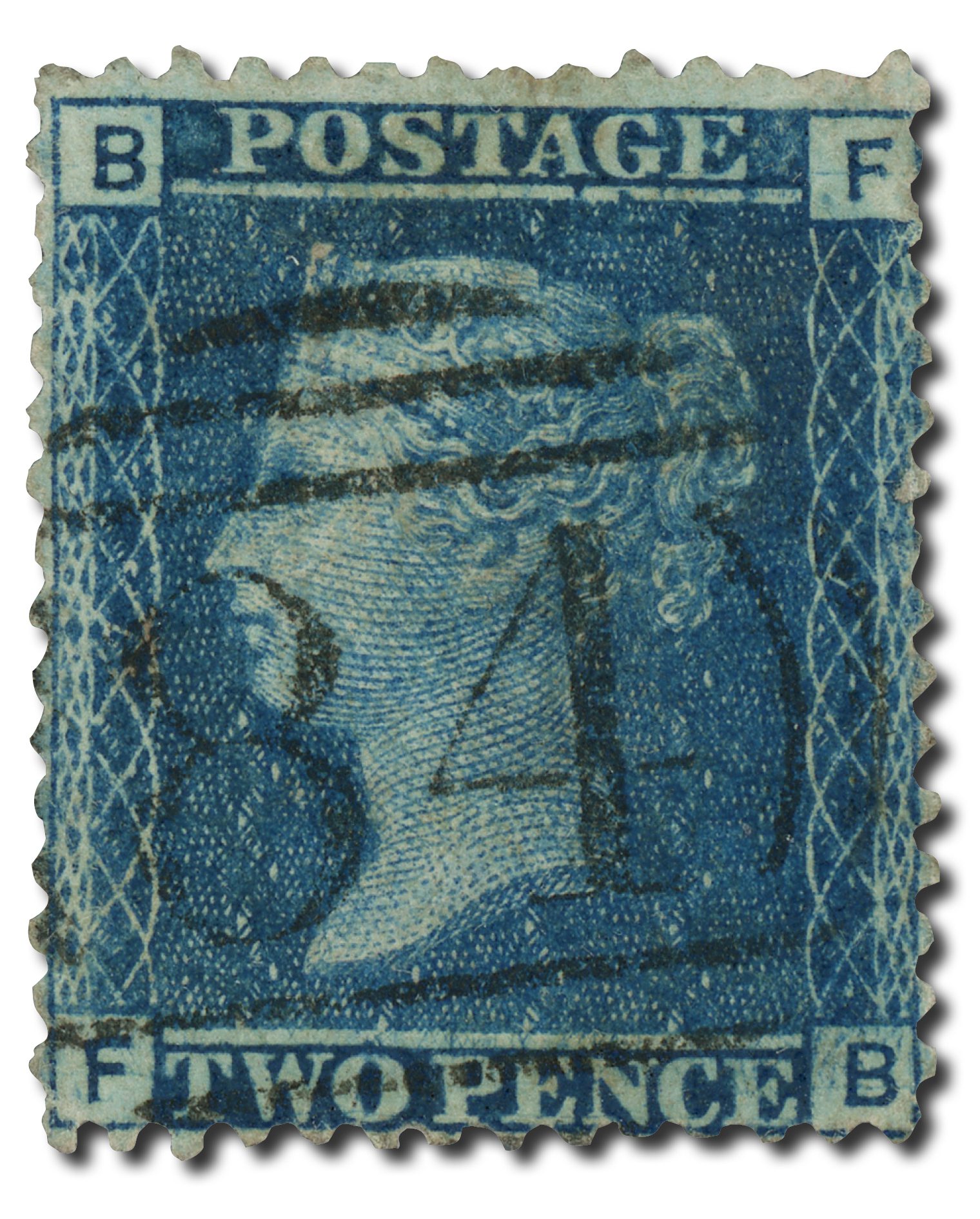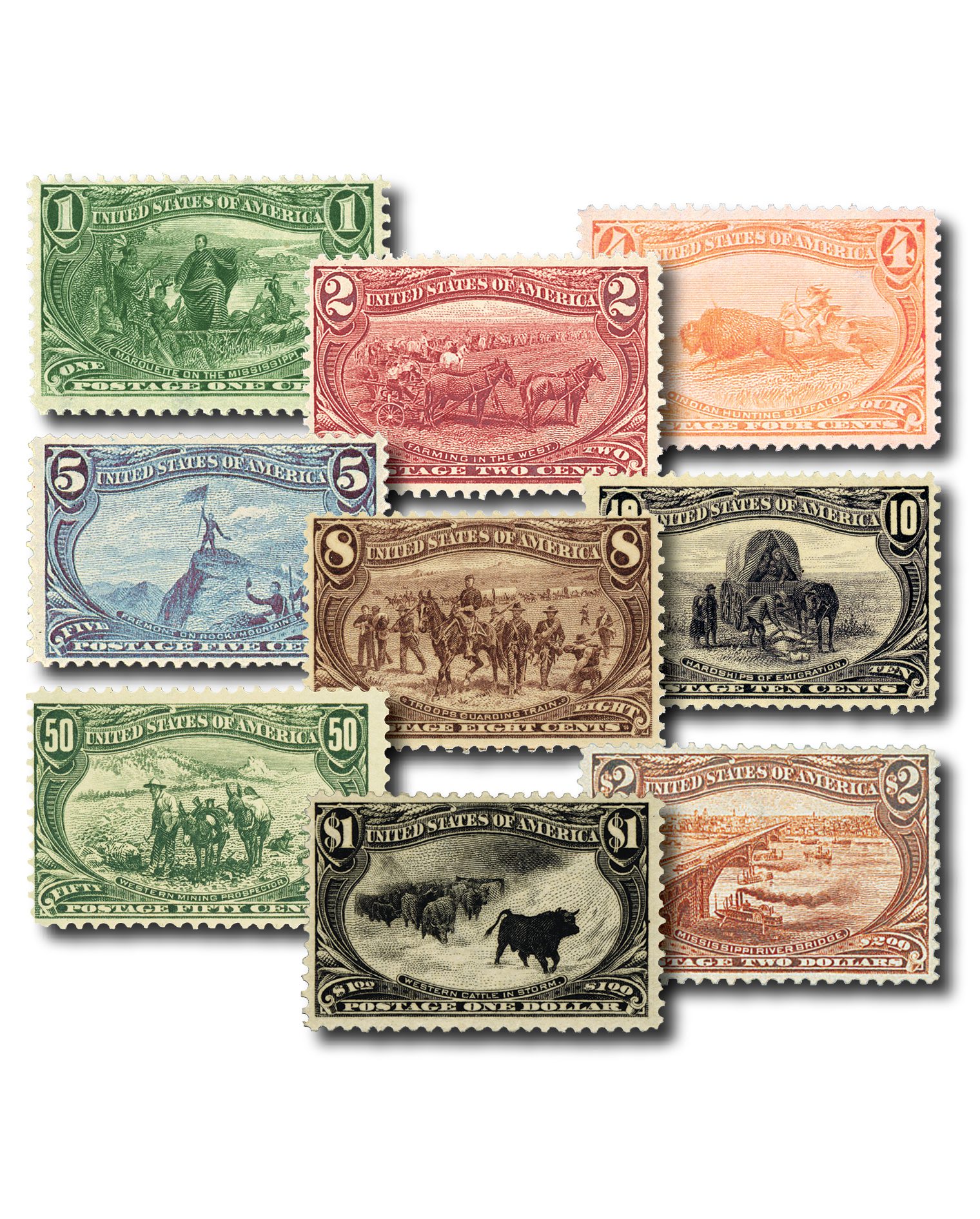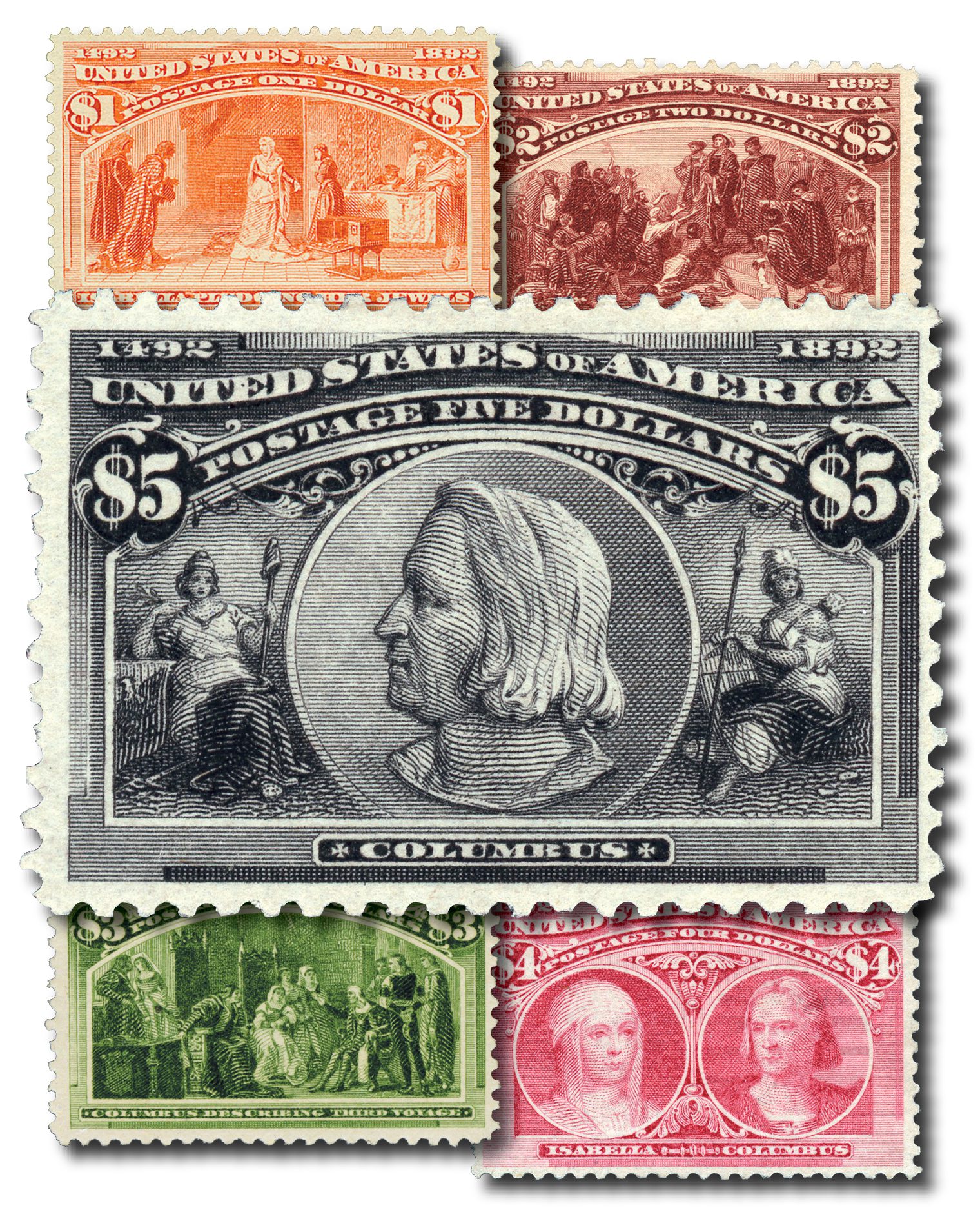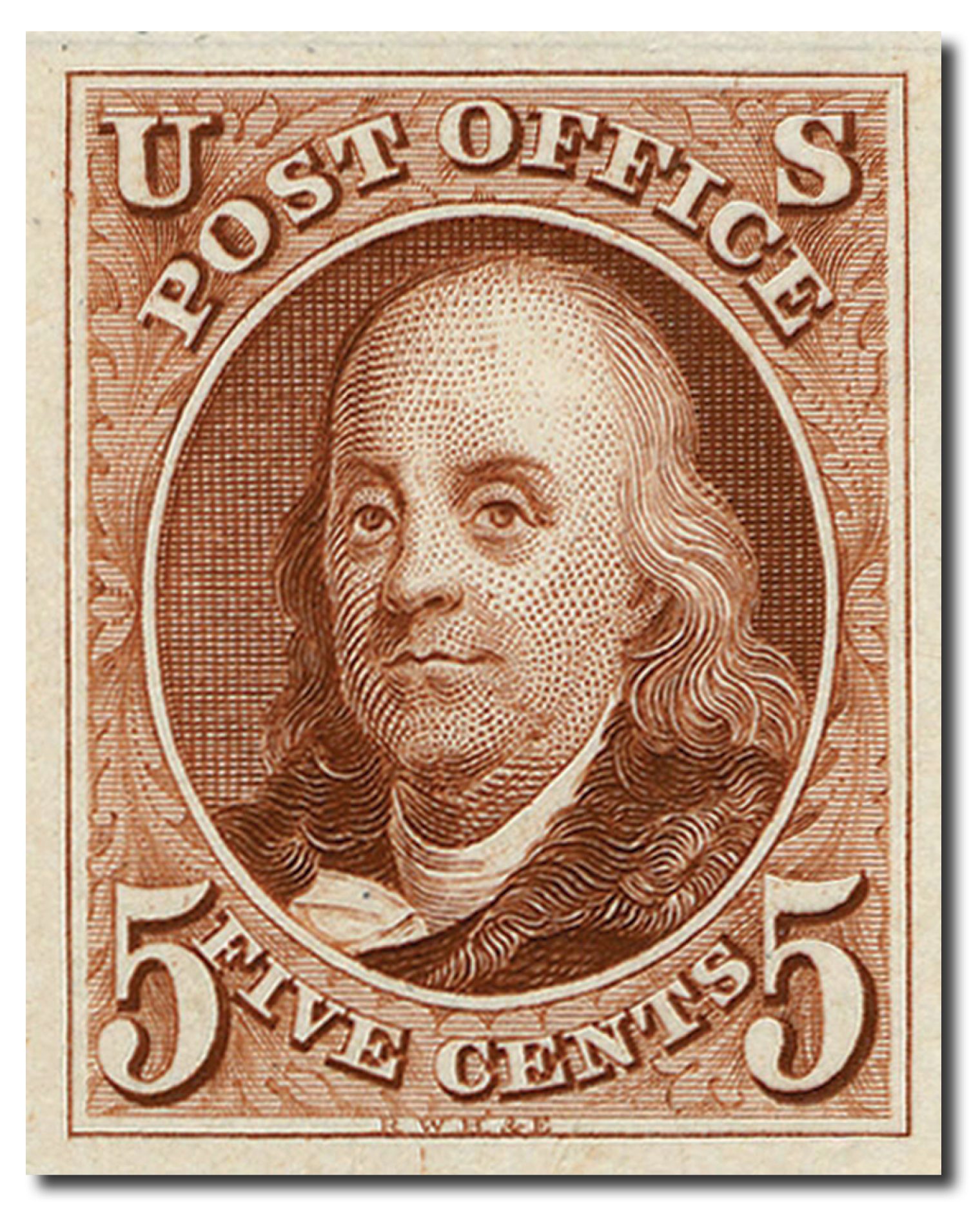Kiauchau
Throughout the late nineteenth century Germany was as involved as any European power in the fight to carve up China for political and commercial advantage. They contracted for land by the bay of Jiaozhou (or as they spelled it, Kiauchau) in northern China in 1898.

